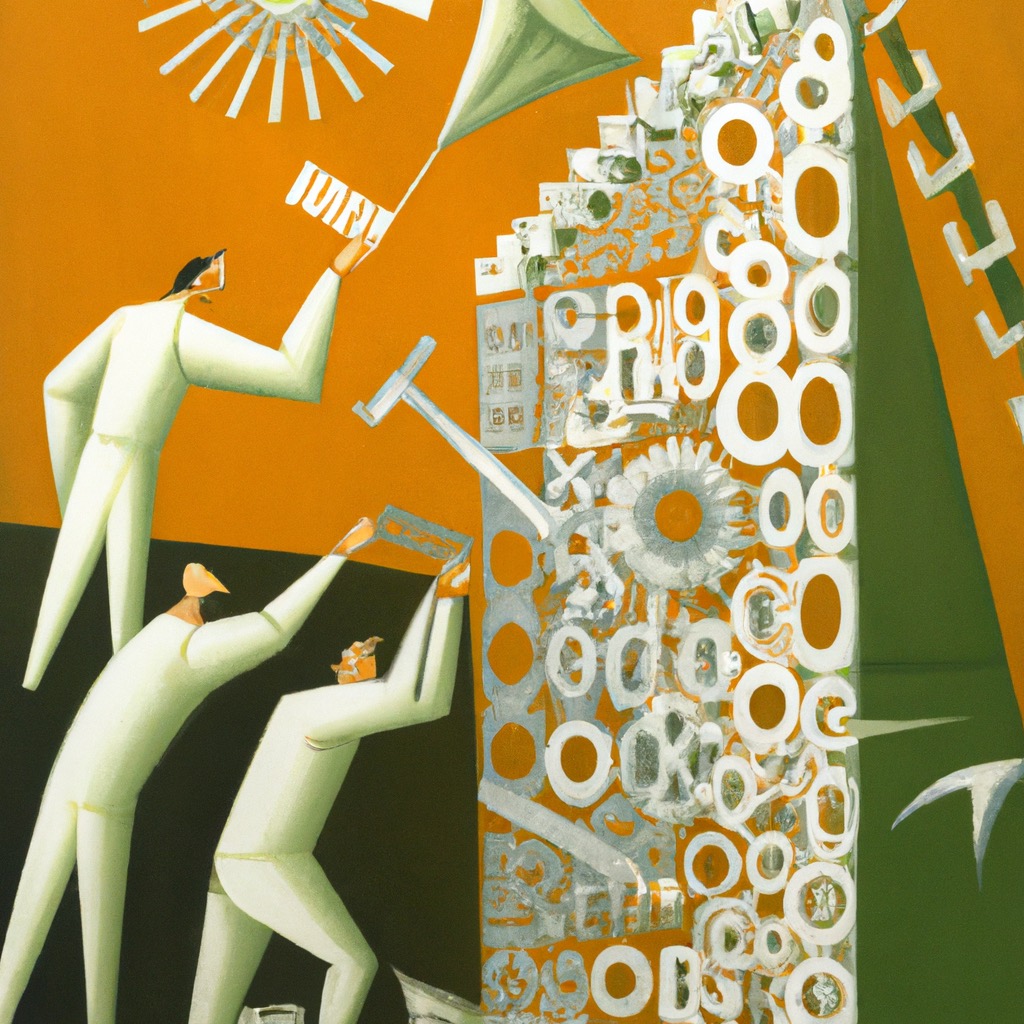
Kirigami, a form of origami that involves cutting and folding paper, is being used to create ultra-strong and lightweight structures. Researchers at the Massachusetts Institute of Technology (MIT) have developed a new technique that combines kirigami with 3D printing to create structures that are stronger and lighter than traditional materials.
The new technique uses a combination of 3D printing and kirigami to create a lattice-like structure that is both lightweight and strong. The lattice structure is made up of thin layers of material that are connected by small cuts. This allows the structure to be lightweight while still providing strength and stability. The researchers have also developed a computer algorithm that can be used to design the lattice structure for any given application.
The technique has a wide range of potential applications, from aerospace to medical devices. The lightweight and strong nature of the structures makes them ideal for use in aircraft, as they can reduce the weight of the aircraft while still providing strength and stability. The structures can also be used in medical devices, such as prosthetics, as they can provide support while being lightweight and comfortable.
The research team has already demonstrated the potential of the technique by creating a prototype of a lightweight and strong truss structure. The structure was able to support a weight of up to 10 times its own weight, while still being lightweight and flexible.
The research team hopes that their technique will be able to revolutionize the way that structures are designed and manufactured. By combining 3D printing and kirigami, they are able to create structures that are both lightweight and strong, and that can be customized for any given application. The research team is now looking to further develop the technique and explore its potential applications.
https://news.mit.edu/2023/using-kirigami-ultrastrong-lightweight-structures-0822


